
Avicenna
Ibn Sīnā
ابن سینا
The Illustrated Story of Persian Polymath Ibn Sina and How He Shaped the Course of Medicine
by Maria Popova
How a voraciously curious little boy became one of the world’s greatest healers.
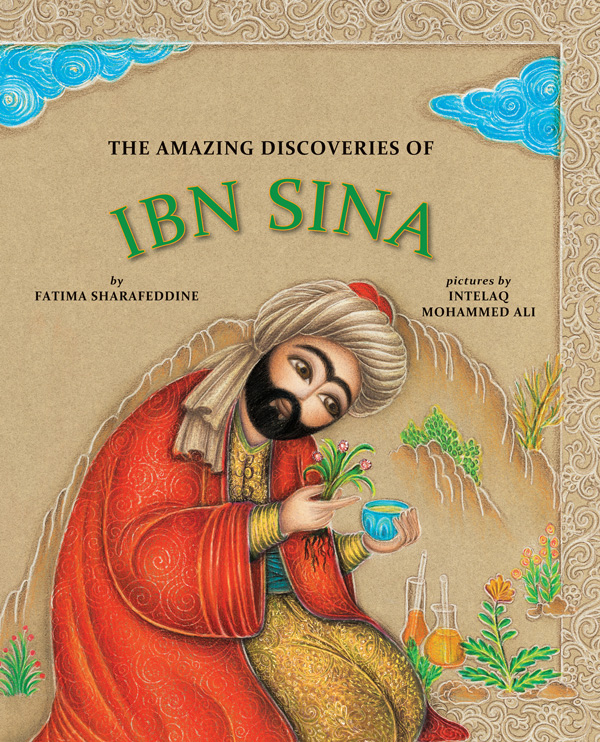 Humanity’s millennia-old quest to understand the human body is strewn with medical history milestones, but few individual figures merit as much credit as Persian prodigy-turned-polymath Ibn Sina (c. 980 CE–1037 AD), commonly known in the West as Avicenna — one of the most influential thinkers in our civilization’s unfolding story. He authored 450 known works spanning physics, philosophy, astronomy, mathematics, logic, poetry, and medicine, including the seminal encyclopedia The Canon of Medicine, which forever changed our understanding of the human body and its inner workings. This masterwork of science and philosophy — or metaphysics, as it was then called — remained in use as a centerpiece of medieval medical education until six hundred years after Ibn Sina’s death.
Humanity’s millennia-old quest to understand the human body is strewn with medical history milestones, but few individual figures merit as much credit as Persian prodigy-turned-polymath Ibn Sina (c. 980 CE–1037 AD), commonly known in the West as Avicenna — one of the most influential thinkers in our civilization’s unfolding story. He authored 450 known works spanning physics, philosophy, astronomy, mathematics, logic, poetry, and medicine, including the seminal encyclopedia The Canon of Medicine, which forever changed our understanding of the human body and its inner workings. This masterwork of science and philosophy — or metaphysics, as it was then called — remained in use as a centerpiece of medieval medical education until six hundred years after Ibn Sina’s death.
As a lover of children’s books that celebrate the life-stories of influential and inspiring luminaries — including those of Jane Goodall, Henri Matisse, Pablo Neruda, Henri Rousseau, Julia Child, Albert Einstein, and Maria Merian — I was delighted to come upon The Amazing Discoveries of Ibn Sina (public library) by Lebanese writer Fatima Sharafeddine and Iran-based Iraqi illustrator Intelaq Mohammed Ali, a fine addition to these favorite children’s books celebrating science.
In stunning illustrations reminiscent of ancient Islamic manuscript paintings, this lyrical first-person biography traces Ibn Sina’s life from his childhood as a voracious reader to his numerous scientific discoveries to his lifelong project of advancing the art of healing.
A universal celebration of curiosity and the unrelenting pursuit of knowledge, the story is doubly delightful for adding a sorely needed touch of diversity to the homogenous landscape of both science history and contemporary children’s books — here are two Middle Eastern women, telling the story of a pioneering scientist from the Islamic Golden Age.
The Amazing Discoveries of Ibn Sina comes from Canadian indie powerhouseGroundwood Books, who have also given us such treasures as a wordless illustrated celebration of the art of noticing, a tender love letter to winter, and a heartening celebration of gender diversity.
Illustrations courtesy of Groundwood Books; photographs my own.
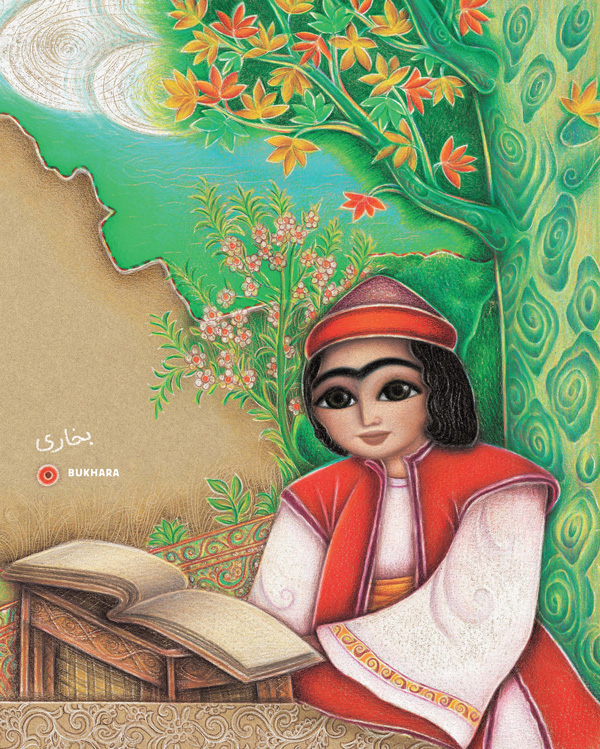
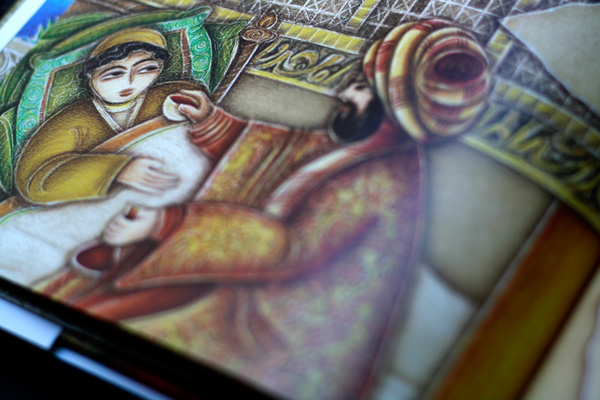
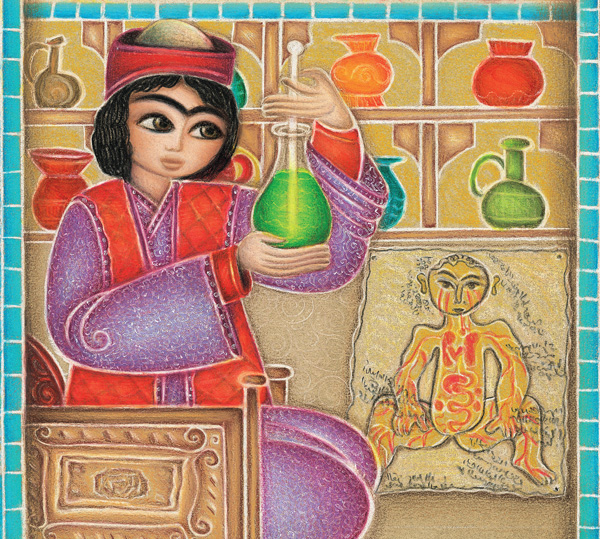
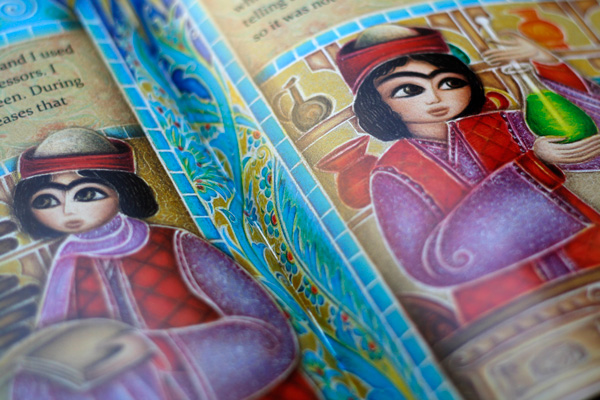
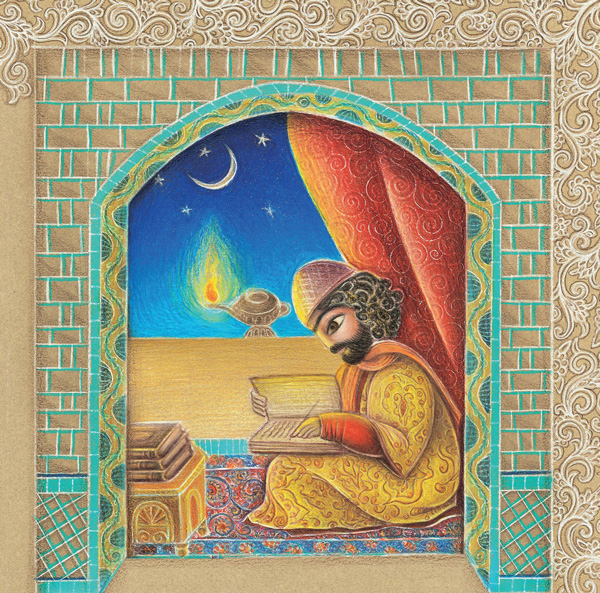
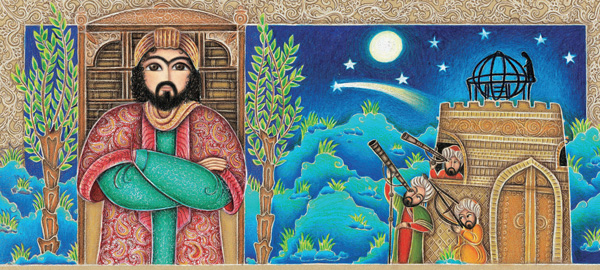
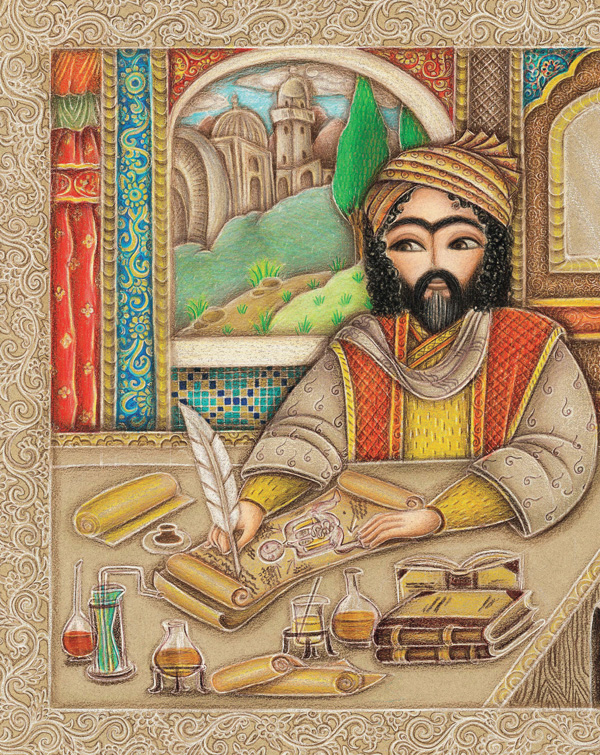
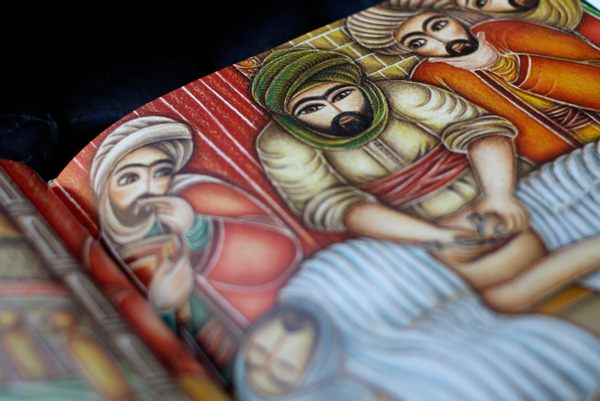
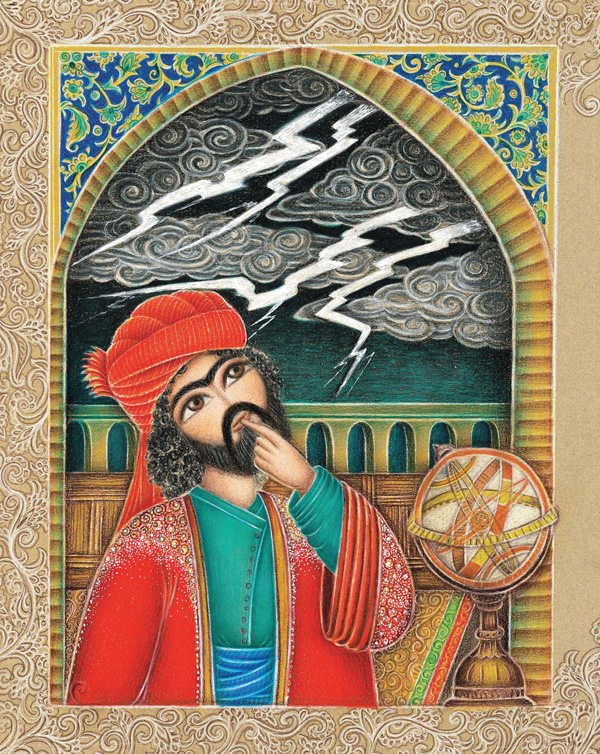
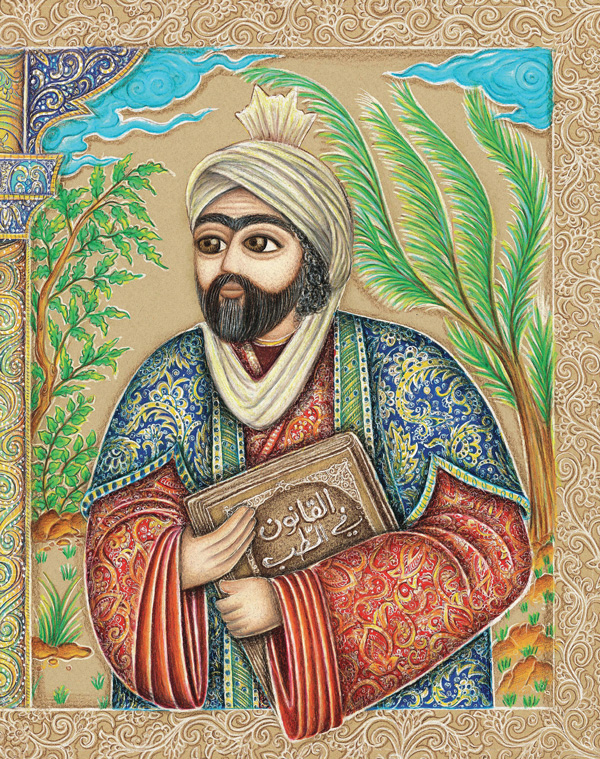
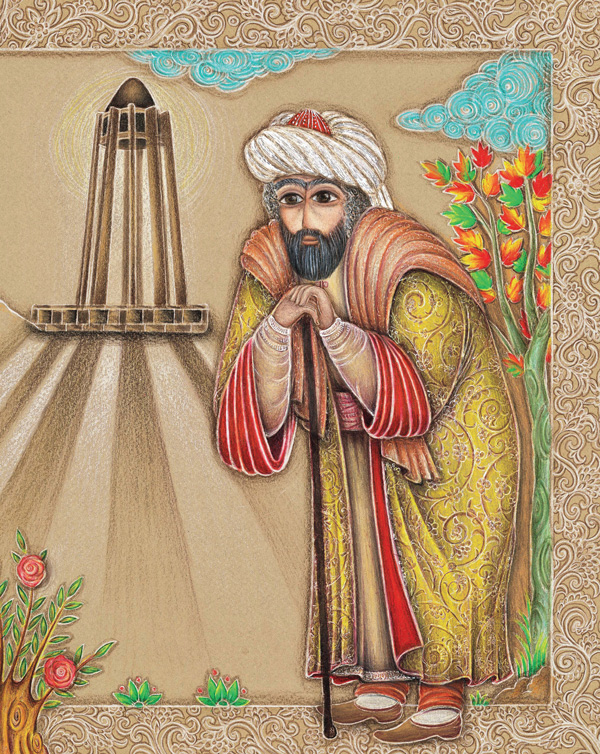
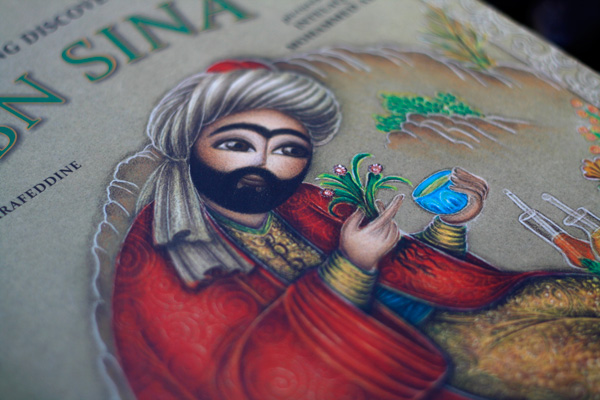
No comments:
Post a Comment